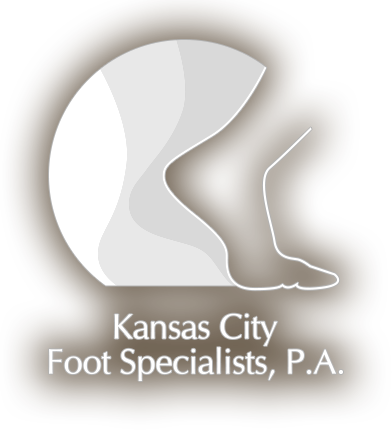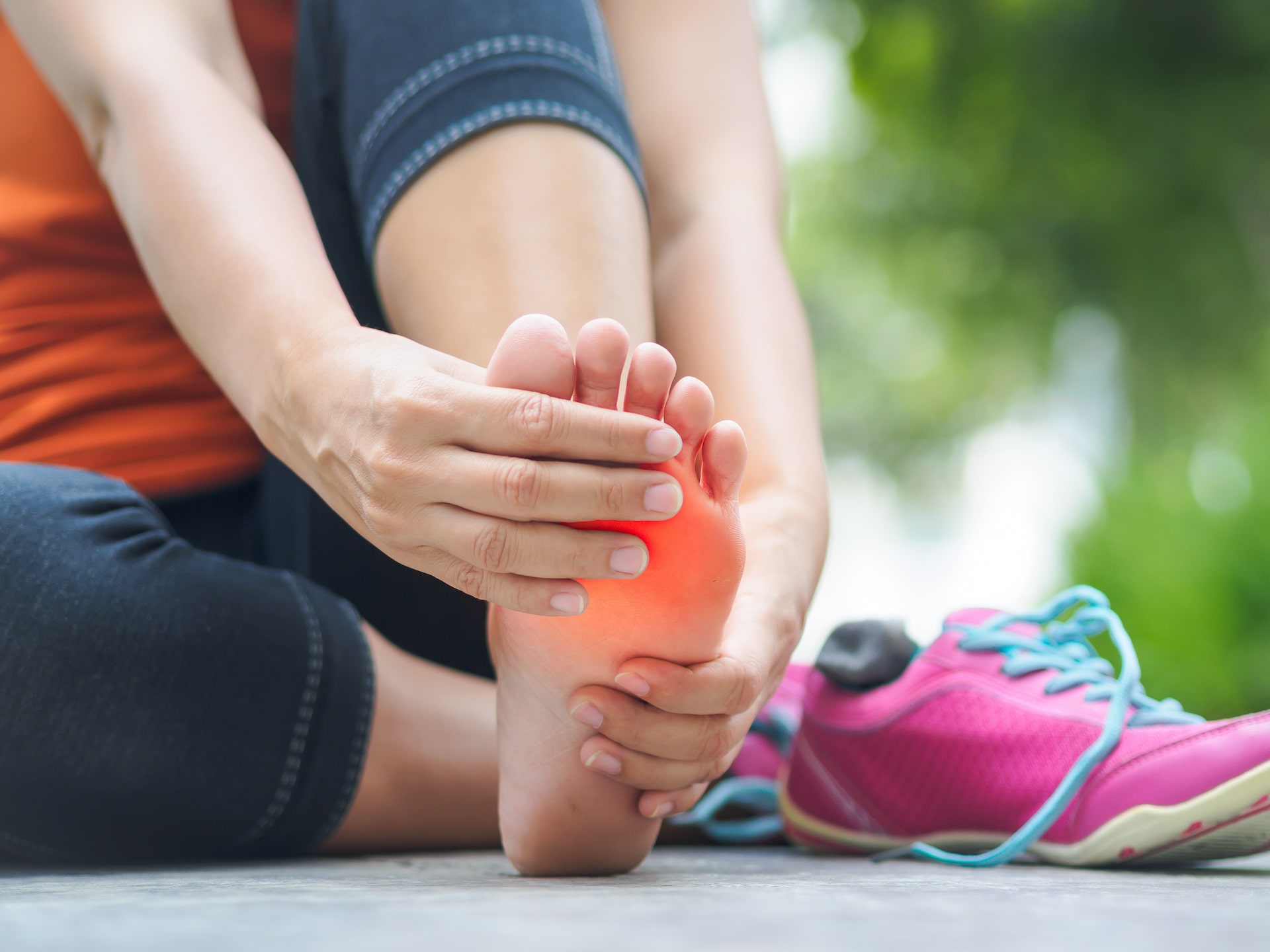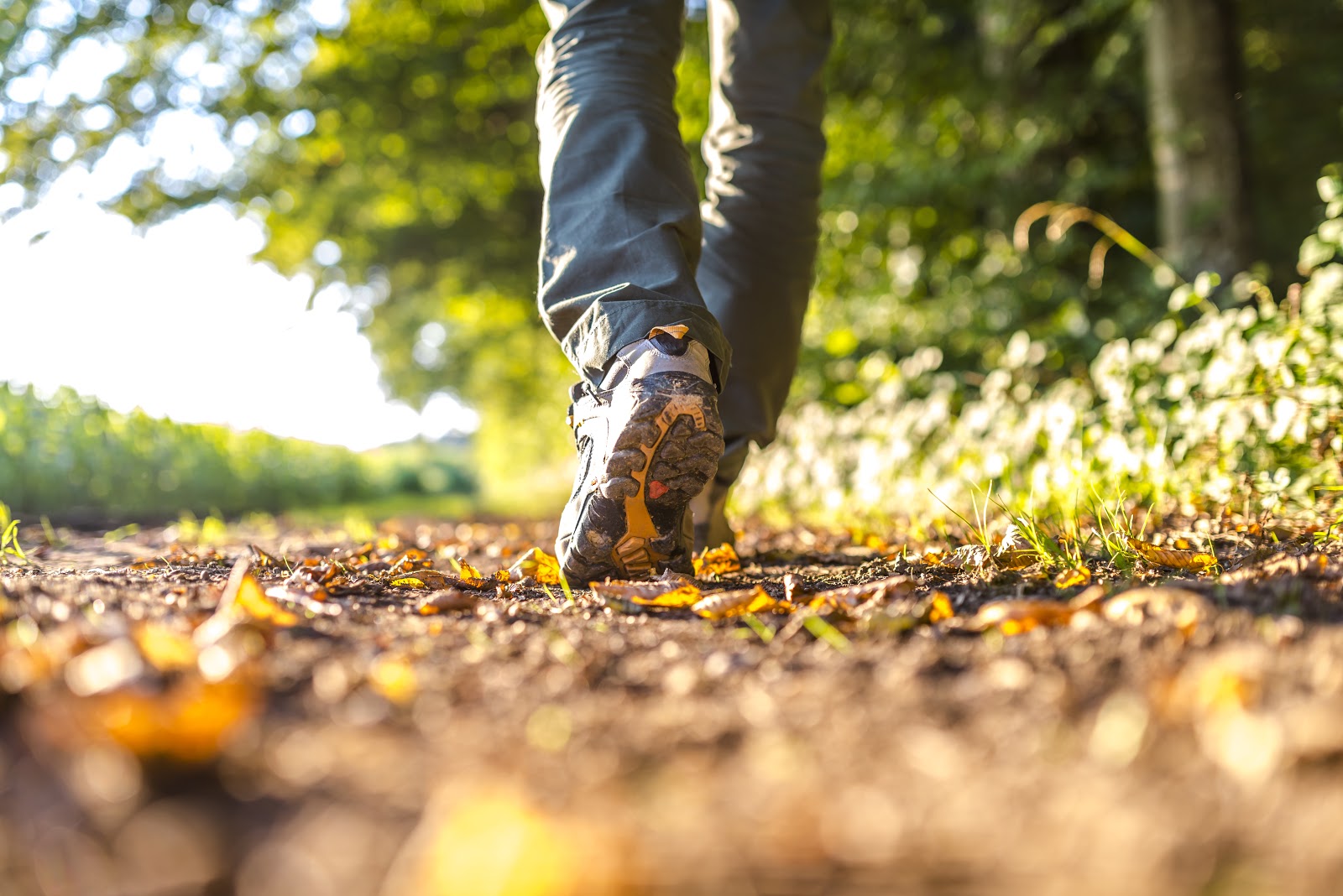The calf is made up of two muscles, the gastrocnemius and the soleus, which are attached to the Achilles tendon and work together with tendons to perform three basic tasks:
Movement of the ankle
The calf muscles allow your ankle to plantar flex your foot; that is, it allows your foot to point downwards. This includes when you stand on your toes, push on the gas or brakes of your car, and walk or run. The calf muscle helps create a level action to lift the heel and create forward motion.
Flexion of the knee
Working in conjunction with the quadriceps and hamstrings of the upper leg, the calf muscles allow the knee to bend like a hinge.
Balance when standing upright
The calf muscles play in integral role in our ability to stand upright and maintain balance by signaling the brain should the body start to sway or waver when upright. In turn, the brain signals the muscles and other structures to react to help keep your balance.
Problems caused by tight calf muscles
TIght calf muscles contribute to a number of knee, back, ankle, and foot problems, and can occur in response to poor biomechanics or injury. Either way, when the calf muscles aren’t properly and regularly stretched through a normal range of motion, they can become tight and pull on other parts of the body. If you think of the calf muscles as part of a rubber band, imagine that tight muscles are like a tight spot in the rubber band. The tight spot isn’t able to perform well and the adjacent parts of the rubber band have excess stress placed upon them. In your body, this may be muscle pain, decreased range of motion of joints, or stress on other tissues — resulting in tenderness.
For many people, basic stretching of the calf muscles is all that is necessary to loosen these muscles and relieve pain in the feet, ankles, or back. A few basic stretches for the calf muscles include:
Straight leg stretch against a wall
Stand facing a wall and place both hands on the wall with one foot forward and the other behind you, with the back leg extended and the front leg bent at the knee. Lean forward into the wall, but keep your heels on the ground. Switch legs and repeat.
Sitting stretch for the gastrocnemius
To stretch the larger, outer calf muscle, sit with both legs in front of you and straight. Wrap an exercise band or rope around the ball of one foot and gently pull the foot towards you. Repeat on the other leg.
Sitting stretch for the soleus
To stretch the smaller, inner calf muscle, sit with one leg stretched out in front of you and the other bent and pulled in to your chest. Keeping your heel on the ground, pull your forefoot up toward you as far as you comfortably can.
Achilles tendon stretch
Because the Achilles tendon attaches the calf muscles to the foot, it is important to stretch it as well. Sit with one leg straight out in front of you and the other pulled in to your chest. Keep the entire foot on the floor and pull your heel as close to your buttocks as possible. Some patients may need to lean forward into the leg slightly.
What if calf stretching doesn’t help?
While calf stretching can help resolve most patients’ pain, there are some who may find relief from more aggressive physical therapy or from extracorporeal shockwave therapy (ESWT), particularly if they suffer from heel pain. ESWT is an advanced, non-invasive treatment for the tendons, ligaments, and non-muscle fibers of the feet, ankles, and lower legs. ESWT works by creating micro-traumas to stimulate healing and repair in a remarkably quick manner. In fact, most patients who have ESWT experience pain relief quite soon after treatment, even the same day.
To learn more about how to relieve your foot, ankle, or heel pain, please contact Kansas City Foot Specialists today or call us at (913) 338-4440. In addition to assessing your pain, we may be able to offer more individualized treatment options, including ESWT, to help get you back on your feet, pain free.



